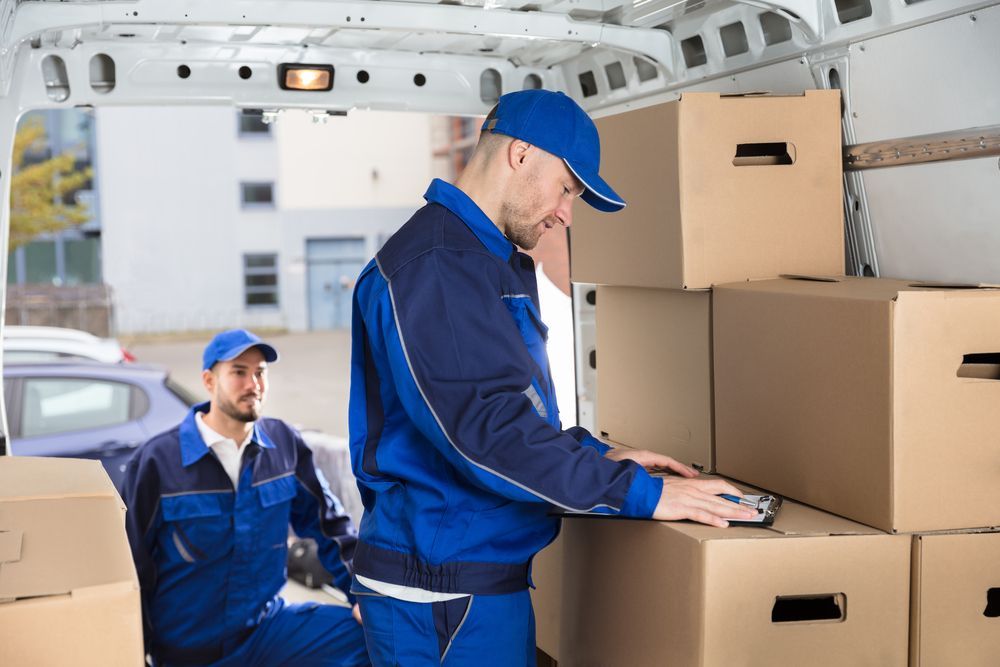A Guide to Moving With Special Items

Moving can be a daunting task, especially when it involves transporting special items that require extra care and attention. Whether it's an antique piano, a delicate piece of art or a prized collection, ensuring their safe relocation is critical. This guide provides expert advice on how to efficiently and safely move these special items as well as how a local removalist can help. With a structured approach, even the most cumbersome belongings can be transported securely. Here, we explore methods and strategies to ease the process and protect your cherished possessions.
Evaluating Your Special Items
Identifying Items That Require Special Handling
When preparing for a move, it is crucial to identify items that necessitate special handling. This includes antiques, fragile artworks, sensitive electronics or any object that carries personal significance. Recognising these items early helps in organising the necessary packing materials and strategies. It is also beneficial to consult experts or experienced local removalists who can provide advice specific to unusual or valuable items. Identification is the first step in ensuring these possessions receive the care they deserve.
Assessing the Fragility and Sensitivity of Items
Once identified, the next step is to assess the fragility and sensitivity of each item. Items made from glass, porcelain or thin metals are particularly susceptible to damage and require intensive protection. Evaluating an item's physical condition helps in selecting appropriate materials and packing methods. Think about whether the item is temperature-sensitive or subject to environmental conditions. Proper assessment minimises the risk of encountering unpleasant surprises during unpacking.
Preparing Special Items for the Move
Choosing the Right Packing Materials
Choosing the correct packing materials is paramount in ensuring the safety of special items during transit. For fragile items, opt for high-quality bubble wrap, foam peanuts and padded packing blankets. Sturdy boxes with reinforced corners offer additional protection to delicate objects. Consider custom-made crates for irregularly shaped or exceptionally valuable items. The selection of materials should be based on the individual needs and characteristics of each item, ensuring maximum protection.
Techniques for Safely Packing Odd-Shaped Items
Packing odd-shaped items presents unique challenges requiring specialised techniques. Begin by disassembling any parts that can be safely removed without compromising the integrity of the item. Use ample cushioning, such as soft linens or foam inserts, to pad irregularities and prevent movement within the box. Securely fasten items using stretch wrap or industrial-grade tape to maintain stability. Tailor packing methods to each item's distinct features to provide a snug and secure fit.
Creating a Packing Timeline and Checklist
Establishing a packing timeline and checklist helps organise the moving process efficiently. Prioritise packing special items early to ensure they receive adequate attention and protection. A checklist guides the packing process, ensuring no step is overlooked, from material selection to inventory documentation. Allocate specific periods for handling particularly challenging items to manage time effectively. Following a structured timeline reduces stress and contributes to an orderly move.
Selecting a Moving Company
Researching Local Removalists With Experience in Special Items
Choosing the right moving company is critical for the safe transport of special items. Research companies that specialise in handling and transporting unique or valuable items. Look for reviews or testimonials and ask for references from past clients when possible. According to IBISWorld, there are 7,314 businesses operating in the Australian removalist industry, offering plenty of options for selecting the right service provider. Selecting an experienced and reputable local removalist provides confidence and security during the relocation process.
Communicating Needs and Priorities
Effective communication with the moving company is essential for setting expectations and ensuring a successful move. Clearly articulate any specific requirements, concerns or priorities related to your special items. Establishing open lines of communication aids in addressing any issues promptly and effectively. Regular updates throughout the move provide reassurance and allow adjustments to be made if necessary. Clear communication helps align efforts and focus on clients' needs and desires.
Reviewing and Signing a Moving Contract
A well-drafted moving contract establishes the terms and conditions binding both parties. Carefully review all the clauses, with particular attention to responsibilities, time frames and pricing terms. Discuss any ambiguities or concerns to ensure mutual understanding and agreement. A contract serves as a legally binding commitment protecting both the local removalists and clients. Signing a detailed contract provides clarity and mitigates potential disputes.
Transporting Special Items Safely
Securing Items During Transit to Prevent Movement
Securing items during transit is vital to prevent unwanted movement and potential damage. Employ custom padding, straps and braces within transport vehicles to cushion and hold items firmly in place. Ensure all boxes and crates are tightly packed to minimise shifting during transit. Reinforce any areas prone to impact to protect against jostling or abrupt stops. Properly securing items ensures their safe arrival at the new location.
Unpacking and Setting Up Special Items
Safely Unpacking and Checking for Damages
Upon arrival, carefully unpack items and assess them promptly for any visible damages. Utilise documentation and images taken before the move to compare and verify each item's condition. Address any discrepancies with the moving company immediately to resolve potential claims efficiently. Methodical unpacking reduces the risk of incurring further damage and ensures item safety. Organised unpacking maintains the integrity and protection of each item.
Setting Up Delicate and Large Items in the New Location
Transferring and installing delicate and large items in their new environment requires meticulous handling. Enlist assistance or professional service for heavier objects to prevent injury or damage. Identify optimum locations for each item to prevent exposure to potential hazards. Secure items in your space to prevent tipping, accidents and environmental influences. Proper placement safeguards both the items and your living area, enhancing harmony and functionality.
Maintenance and Future Protection
Creating a Personal Inventory and Record-Keeping System
Maintaining a detailed inventory and record-keeping system supports organisation and management. Update inventory records with new acquisitions and document any changes in item values or conditions. Utilise digital solutions to back up records and enable easy updates. Structured inventory management enables efficient retrieval and planning for future relocations. A robust system acts as an essential tool for safeguarding assets and facilitating dynamic management.
Preparing for Temporary Storage Solutions
In cases where immediate accommodation of items is impractical, temporary storage solutions aid protection and access. Choose weather-resistant storage for sensitive or valuable items requiring special conditions. Evaluate storage provider credentials and security measures when selecting facilities. Regularly monitor stored items and revisit contracts periodically to align with changes. Carefully managed storage plans offer a flexible solution that accommodates fluctuating needs.
Planning Ahead for Future Moves and Relocations
Proactive planning and forward-thinking enhance preparedness for eventual future relocations. Updating packing materials, methods and logistics facilitates seamless future transitions. Recognise upcoming requirements for evolving living environments and develop contingencies. Preserve professional moving relationships and insights for future application. Long-term strategic planning reduces the challenges and enhances the success of future moves.
Moving special items requires careful planning, the right materials and
local removalist expertise. By following this comprehensive guide, you can ensure that your valuable possessions are moved safely and efficiently, minimising stress and potential damage. With the right preparation and resources, your special items will be ready to enrich your new space. Meticulous attention across all stages of the move protects valued possessions and justifies the effort expended. Embrace this guidance to enhance the satisfaction and success of relocating unique and special items. Contact O’Grady's Transport & Removals to see how we can help.













